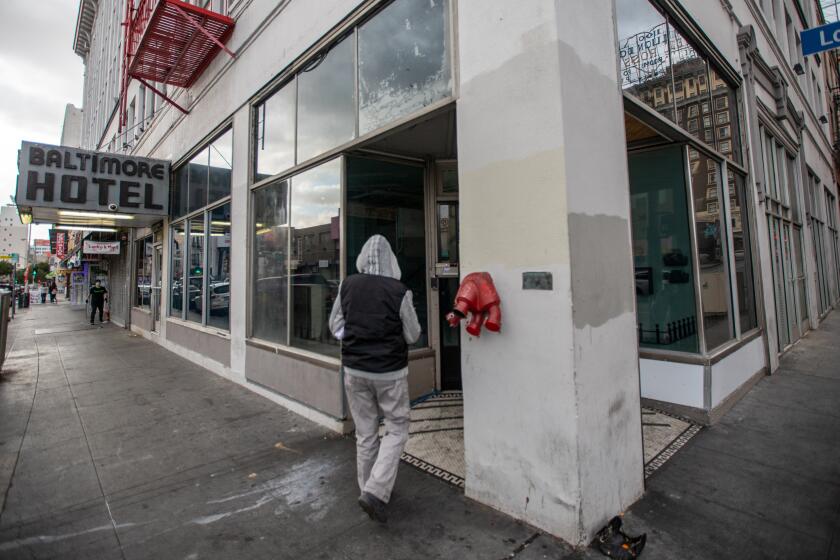State Tells Counties to Establish Paper Trail on Electronic Voting
Secretary of State Kevin Shelley is expected to announce today that as of 2006, all electronic voting machines in California must be able to produce a paper printout that voters can check to make sure their votes are properly recorded.
Late Thursday evening, Shelley placed calls to county elections officials around the state to tell them that any voting system that is currently in use or that is purchased before Jan. 1, 2006, must be modified or replaced to produce a paper trail. After that date, no county will be allowed to buy machines that can’t make printouts.
For the record:
12:00 a.m. Nov. 22, 2003 For The Record
Los Angeles Times Saturday November 22, 2003 Home Edition Main News Part A Page 2 National Desk 1 inches; 31 words Type of Material: Correction
Voting machines -- An article in Friday’s California section about electronic voting machines misidentified Kim Alexander as head of the California Voter Project. She is president of the California Voter Foundation.
None of the electronic voting systems currently in use in the state can make such a record. Voters who cast ballots using touch-screens, the most common type of electronic voting machine, are prompted to review their choices on a confirmation screen, but they have no way of knowing that those selections are recorded correctly in the microchip “ballot box.”
Voter registrars around the state reacted with surprise and anger to the news.
“I am shocked,” said Mischelle Townsend, Riverside County’s registrar and a member of the task force Shelley convened last summer to discuss electronic voting. “You’re talking about millions of dollars of added expense at a time when we have a fiscal crisis.”
Alfie Charles, a vice president at Sequoia Voting Systems, said the printer function would add about 15% to the cost of machines, which would amount to about $60 million for the $400 million counties are expected to spend to comply with court orders and new federal requirements.
The change also would require ongoing costs in paper and printer ink, as well as increased maintenance and upkeep costs to prevent printer jams and other mechanical problems, Charles said.
Townsend said that to “impose all of that extra expense for these machines means that there won’t be any justification for going to electronic voting.”
Shelley’s office said it expected to issue a news release today.
The requirement would supplant the results of his own task force, which said in its July report that “there was no consensus on the issue of whether voter verified paper audit trails should be included on systems certified in California.”
Six weeks ago, officers of the California Assn. of Clerks and Elections Officials requested a meeting with Shelley to discuss the question. Conny McCormack, the Los Angeles County registrar and the vice president of the organization, said Shelley refused to meet with the group.
“He didn’t consult with any of his election officials,” McCormack said. “In effect, this means the secretary of state is saying he knows more about this issue than the federal authorities and his own election officials.”
But election technology watchers, who have been a vocal presence throughout the process of introducing electronic voting, said the move would be a small victory.
Kim Alexander, head of the California Voter Project and one of the few members of Shelley’s task force who supported requiring paper printouts, said it “was up to the secretary to decide what is best, and I am glad he is taking us on this path.”
About 10 counties, including Orange, Riverside, San Bernardino and Alameda, already use electronic voting. Others, including Los Angeles and Sacramento, plan to request bids on the machines early next year.
More to Read
Get the L.A. Times Politics newsletter
Deeply reported insights into legislation, politics and policy from Sacramento, Washington and beyond. In your inbox three times per week.
You may occasionally receive promotional content from the Los Angeles Times.






